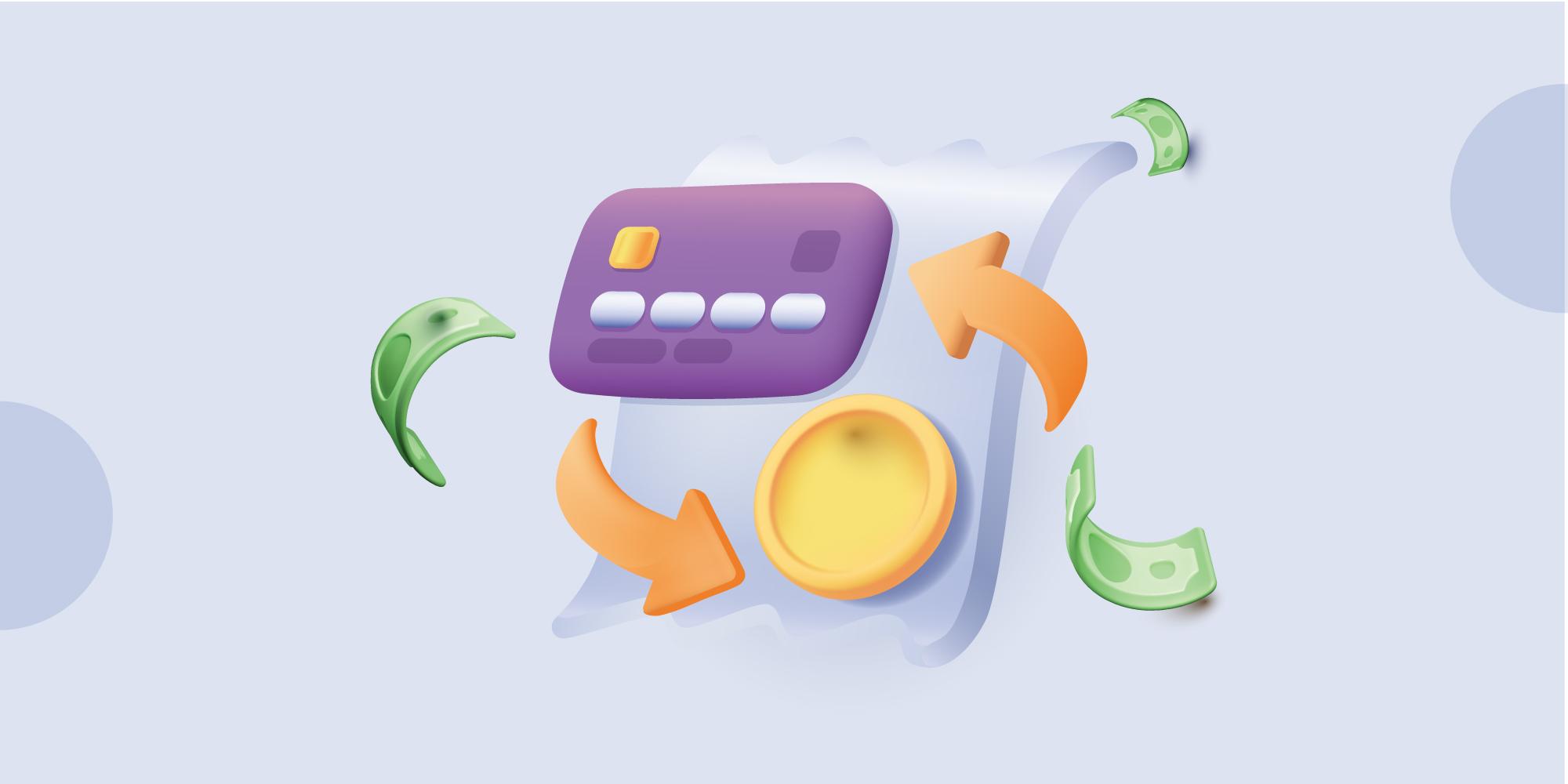- Home
- Blogs
- Personal Loan
- Balance Transfer Vs Personal Loan
How to Borrow Smart With Balance Transfer and Top-Up Loans?
Reviewed by: Fibe Research Team
- Updated on: 13 Nov 2025
Reviewed by: Fibe Research Team

If you already have a personal loan and want to cut your EMIs or borrow more, you have 2 smart choices – a balance transfer or a top-up loan. Both help you manage your loan better but serve different goals. A balance transfer moves your loan to another lender with a lower rate. A top-up loan gives you extra money on your current loan.
So let’s understand the personal loan vs balance transfer vs top up loan comparison, how they work and when each one makes sense for you.
A balance transfer loan meaning is when you move your existing loan from one lender to another for better terms. This usually means a lower interest rate, longer tenure or better service. Most people choose a balance transfer when there’s at least a 1-2% gap between their current rate and the new one. Switching early, in the first half of your tenure, often saves the most on interest.
Your new lender pays off your existing loan. You then repay the new lender at the new rate or terms.
A top up loan meaning is simple. It’s an extra amount you borrow on top of your existing loan. It helps you get more money without starting a new application. Most lenders allow a top-up after you’ve repaid at least 12 EMIs and maintained a good repayment record. A higher CIBIL score, ideally above 750, increases your chances of approval.
Your lender reviews your repayment history and credit score. If you qualify, you can borrow an additional amount at a rate close to or slightly higher than your current loan.
This table can help you decide which borrowing method suits you best:
| Feature | Balance Transfer | Top-Up Loan |
|---|---|---|
| Purpose | To shift your existing loan to another lender for lower rates | To borrow extra money on top of your current loan |
| Lender | You move to a new lender | You stay with your current lender |
| Interest Rate | Usually lower than the current loan | Slightly higher than the existing loan |
| Eligibility | Good repayment record and strong credit score | Strong repayment history with current lender |
| Tenure | Can change based on new terms | May extend slightly based on the extra amount |
| Processing Fees | Transfer charges may apply | May involve nominal charges |
| Example | Moving a ₹5 lakh loan from one bank to another for a lower rate | Adding ₹1 lakh to your ongoing ₹5 lakh loan |
Both options can be useful. Choosing one would ideally depend on what you need at the moment.
If you want both benefits – lower interest and extra funds, go for a balance transfer with top up facility. This balance transfer plus top up facility moves your loan to a lender offering better rates while getting additional funds in one smooth process. This option works best if you have a high repayment capacity and want to consolidate multiple small loans into one at a lower rate.
When comparing personal loan vs balance transfer, think about:
In short, choosing between a personal loan vs balance transfer depends on what you need most – savings or convenience. If your goal is to save on interest, transfer your balance. If you need extra funds, choose a top-up on your existing personal loan.
If you’re looking for a reliable and transparent borrowing experience, try Fibe Instant Personal Loan. Download the Fibe app now to get instant approvals, competitive rates, multiple repayment options and up to ₹5 lakhs in your account within minutes!
It depends on your current needs. If you want lower EMIs or better terms, go for a balance transfer. If you need extra funds without switching lenders, a top-up loan works better.
Yes, if you already have a loan and need extra funds quickly. It saves time and often comes with lower rates than a new personal loan.
Yes, absolutely! Many lenders offer a balance transfer plus top up that lets you lower your rate and borrow more in one go.